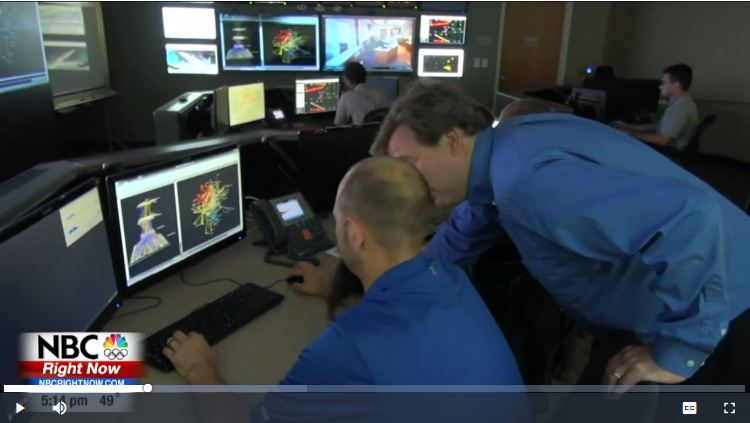
PNNL and UW Creating App to Make Package Delivery Easier for Drivers
January 3, 2020 //
RICHLAND, WA – The holidays may be over, but that means shipping and returns season has begun. Right now the Pacific Northwest National Laboratory is developing a project that could potentially help us send and receive our packages sooner.
The $1.5 million project is funded by the D.O.E’s Office of Energy Efficiency and Renewable Energy’s Vehicle Technologies and led by the University of Washington’s Urban Freight Lab. It’s been in the works for about a year.
When you’re sending or returning a package it’s easy to forget the obstacles delivery drivers will go through to get it to its final destination on time.
“There is science and art (that go into) how they pack the trucks because you want drivers, as they make stops, working (from) the front of the truck to the back of the truck,” said Lyndsey Franklin, PNNL User Experience Research Scientist said.
But perhaps one of the biggest obstacles urban drivers face is parking.
“You have restaurants and coffee stands that are on the first floor of a building that’s got a bunch of offices on top of it. Sometimes there are residential apartment buildings right next door. There’s problems with the alleyways,” Franklin said.
Franklin is part of a team of researchers at PNNL that are developing an app for delivery drivers to help make them more efficient.
“The technology goal is to hopefully reduce some of the pain of getting the last 50 feet. (That’s) the tagline from the folks at UW,” she said.
The app will use artificial intelligence to increase productivity and reduce wasted time and fuel used to find parking.
“One of the features that we’re hoping to build in is the real-time detection of when something is occupied or not,” Franklin said.
It will tell drivers where to park based on data from sensors at different spots.
“There are exciting opportunities and challenges when you take something like a complicated AI model and make it accessible to people who didn’t build it,” she said.
UW’s Urban Freight Lab also plans to put lockers outside of buildings, allowing drivers to drop off packages instead of having to take it several floors up a building.
Franklin says the app will not only positively impact drivers, but the entire package delivery system and its consumers as well. She says the app is just starting its first trial period in Seattle and selected drivers could be trying it out by summer.